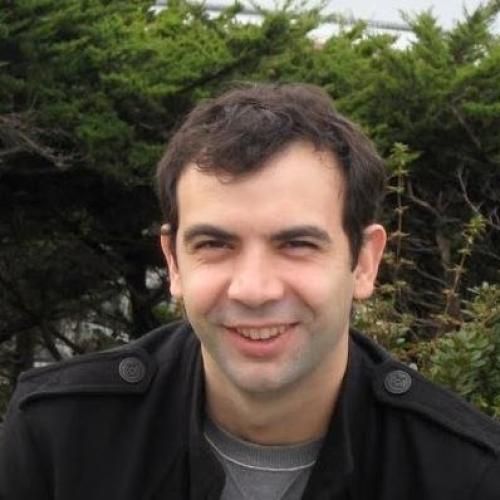
Cullin-5 mutants reveal collective sensing of the nucleocytoplasmic ratio in Drosophila embryogenesis.
In most metazoans, early embryonic development is characterized by rapid division cycles that pause before gastrulation at the midblastula transition (MBT).1 These cleavage divisions are accompanied by cytoskeletal rearrangements that ensure proper nuclear positioning. However, the molecular mechanisms controlling nuclear positioning are not fully elucidated. In Drosophila, early embryogenesis unfolds in a multinucleated syncytium. Nuclei rapidly move across the anterior-posterior (AP) axis at cell cycles 4-6 in a process driven by actomyosin contractility and cytoplasmic flows.2,3 In shackleton (shkl) mutants, this axial spreading is impaired.4 Here, we show that shkl mutants carry mutations in the cullin-5 (cul-5) gene. Live imaging experiments show that Cul-5 is downstream of the cell cycle but is required for cortical actomyosin contractility. The nuclear spreading phenotype of cul-5 mutants can be rescued by reducing Src activity, suggesting that a major target of cul-5 is Src kinase. cul-5 mutants display gradients of nuclear density across the AP axis that we exploit to study cell-cycle control as a function of the N/C ratio. We found that the N/C ratio is sensed collectively in neighborhoods of about 100 μm, and such collective sensing is required for a precise MBT, in which all the nuclei in the embryo pause their division cycle. Moreover, we found that the response to the N/C ratio is slightly graded along the AP axis. These two features can be linked to Cdk1 dynamics. Collectively, we reveal a new pathway controlling nuclear positioning and provide a dissection of how nuclear cycles respond to the N/C ratio.
Duke Scholars
Altmetric Attention Stats
Dimensions Citation Stats
Published In
DOI
EISSN
Publication Date
Volume
Issue
Start / End Page
Location
Related Subject Headings
- Embryonic Development
- Embryo, Nonmammalian
- Drosophila
- Developmental Biology
- Cullin Proteins
- Cell Cycle
- Animals
- Actomyosin
- 52 Psychology
- 32 Biomedical and clinical sciences
Citation

Published In
DOI
EISSN
Publication Date
Volume
Issue
Start / End Page
Location
Related Subject Headings
- Embryonic Development
- Embryo, Nonmammalian
- Drosophila
- Developmental Biology
- Cullin Proteins
- Cell Cycle
- Animals
- Actomyosin
- 52 Psychology
- 32 Biomedical and clinical sciences

